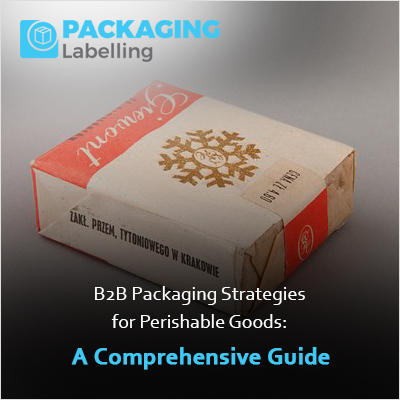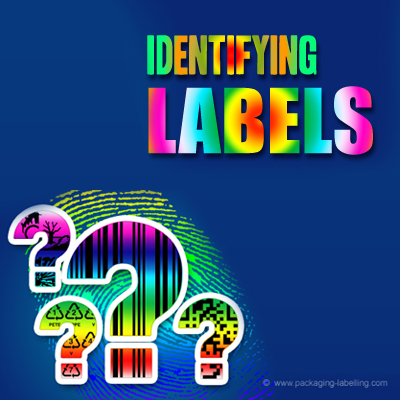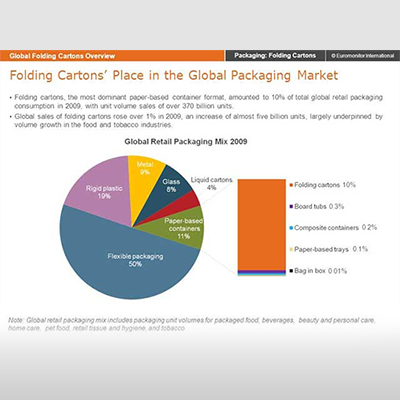B2B Packaging Strategies for Perishable Goods: A Comprehensive Guide

Introduction:
In the dynamic world of B2B transactions, the intricate handling and transportation of perishable goods present distinct challenges. In the evolving B2B landscape, the perishable goods industry demands a thorough grasp of essential elements to guarantee the preservation and efficient delivery of high-quality products. This comprehensive guide explores diverse dimensions of B2B packaging strategies for perishable goods, encompassing critical factors from categorizing products to integrating technology and managing risks effectively.
I) Understanding the Perishable Landscape:
a. Types of Perishable Goods in B2B:
Within the B2B domain, perishable goods cover a wide range, including fresh agricultural produce, pharmaceuticals, dairy products, and beyond. Each category presents distinctive packaging challenges, necessitating customized solutions to uphold the freshness and quality of the product during transportation. This section will explore the specific considerations for various types of perishable goods and discuss tailored packaging strategies to address these challenges effectively.
b. Market Trends: The B2B demand for perishable goods is experiencing an upward trajectory, propelled by factors like the growing consumer preference for fresh products and the globalization of supply chains. Understanding and analyzing these market trends is imperative for businesses to adjust their packaging strategies in response to evolving customer preferences. This section aims to offer insights into the present market dynamics, empowering businesses to proactively meet the escalating demand for perishable goods and stay ahead in the competitive landscape.
II) Packaging Design and Materials:
a. Temperature Control: Maintaining the cold chain is critical for preserving the quality of perishable goods. This section will elaborate on the various packaging designs that facilitate temperature control, including insulated packaging, refrigerated containers, and advanced cooling technologies. It will explore how these solutions prevent temperature fluctuations during transportation, ensuring the products reach their destination in optimal condition.
b. Sustainable Packaging Solutions: In today's environmentally conscious business landscape, sustainable packaging is gaining prominence. This section will discuss eco-friendly packaging materials and practices that align with the preservation needs of perishable goods. Balancing sustainability with the requirement for effective preservation, businesses can explore options like biodegradable materials, reduced packaging waste, and recyclable packaging solutions.
| Also Read: B2B Packaging Trends: What to Expect in the Next Decade? |
III) Technology Integration
a. IoT in Perishable Goods Packaging: The Internet of Things (IoT) is a transformative force in the realm of perishable goods packaging. This segment will explore the impact of IoT-enabled sensors and devices, offering real-time monitoring capabilities for crucial conditions such as temperature, humidity, and location. Businesses can harness this technology to continuously track the status of perishable goods along the supply chain, facilitating proactive interventions to prevent spoilage or quality degradation.
| Also Read:Navigating the Shift: The Rise of Direct-to-Consumer (DTC) Packaging Strategies in B2B |
b. RFID and Tracking Systems: Improving visibility and traceability within B2B supply chains is paramount for the effective management of perishable goods. This part will delve into the role of Radio-Frequency Identification (RFID) and tracking systems in providing real-time monitoring and transparency in the supply chain. These technologies empower businesses to optimize logistics, minimize the risk of errors, and elevate overall efficiency in the transportation of perishable goods.
IV) Customization and Tailored Solutions
a. Addressing Client Specifics: Each B2B client comes with distinct requirements for packaging their perishable goods. This part will elaborate on the significance of comprehending and accommodating these specific needs. Businesses can adopt personalized packaging solutions tailored to the characteristics of each product, guaranteeing client satisfaction and fostering enduring partnerships.
b. Packaging for Different Modes of Transportation: The transportation of perishable goods encompasses multiple modes, including air freight, sea shipping, and land transportation. This segment will delve into the challenges associated with each mode and provide insights into customizing packaging strategies accordingly. Businesses will acquire an understanding of how to optimize packaging for distinct transportation methods, taking into account factors such as duration, climate, and handling conditions.
V) Compliance and Regulations
International Standards: Navigating the complex landscape of international regulations is crucial for B2B businesses involved in the transport of perishable goods. This section will guide on complying with diverse standards and regulations governing the import and export of perishable products. Understanding and adhering to these standards are essential to avoid delays, and fines, and ensure smooth cross-border transactions.
Labeling Requirements: Accurate and compliant labeling is a key aspect of perishable goods packaging. This section will detail the labeling requirements imposed by regulatory authorities and industry standards. It will cover information such as expiration dates, handling instructions, and nutritional facts, ensuring that businesses meet the necessary guidelines for shipping perishable goods.
VI) Cold Chain Management
a. Maintaining Temperature Integrity: Preventing temperature excursions during transit is vital for preserving the freshness of perishable goods. This section will provide in-depth insights into best practices for maintaining temperature integrity, including proper pre-cooling procedures, monitoring devices, and contingency plans to address unexpected temperature fluctuations.
b. Collaborative Approaches: Collaboration with logistics partners is crucial for the success of cold chain management. This section will explore how businesses can foster effective partnerships with transportation and logistics providers. By working collaboratively, stakeholders can enhance the reliability of the cold chain, reduce the risk of disruptions, and ensure the seamless transportation of perishable goods.
VII) Risk Mitigation and Contingency Planning
a. Identifying Potential Risks: Understanding the vulnerabilities in the supply chain is the first step in effective risk mitigation. This section will identify common risks associated with the transportation of perishable goods, including delays, equipment failures, and external environmental factors. By recognizing these risks, businesses can implement proactive measures to mitigate potential challenges.
b. Developing Contingency Plans: Having robust contingency plans is essential to respond swiftly to unforeseen events. This section will provide strategies for developing effective contingency plans tailored to the perishable goods supply chain. From alternative transportation routes to backup storage facilities, businesses can implement measures to minimize losses and maintain the integrity of their products in the face of disruptions.
Conclusion
In summary, this extensive guide stands as a valuable resource for businesses maneuvering through the intricate realm of packaging perishable goods in B2B transactions. By covering a spectrum of aspects within the perishable landscape, encompassing market trends, technology integration, and risk management, businesses can refine and optimize their packaging strategies. The insights shared herein aim to play a pivotal role in guaranteeing the delivery of fresh, high-quality products to clients globally, aligning with the escalating demand for perishable goods in the B2B sector.









